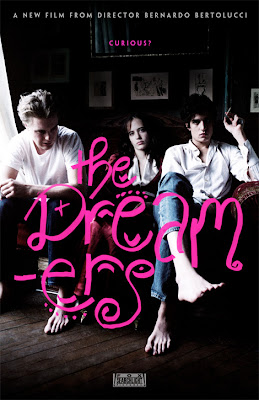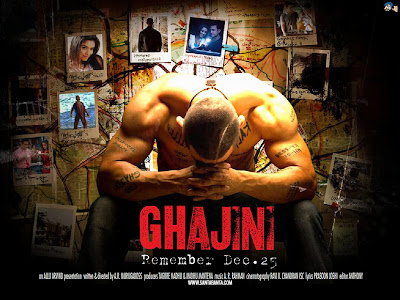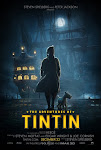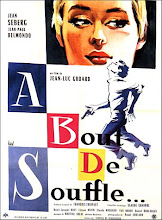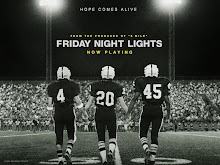
When Dumbledore tells Harry 'I am much older, much cleverer, and much less valuable'; we get what he means. In the same way, when screenwriter Steve Kloves leaves out certain crucial parts of Harry Potter's sixth outing, we get it. The Half Blood Prince, for the first time, is not a standalone film. It is more of a gearing up to the next two films which Warner Brothers are stretching the saga to to add to the 4.5 billion dollars which the previous five films have already made.
The first and most noticeable difference with the previous films is that this one starts off almost like a continuation of the previous. We see a battered and bruised Harry standing by Dumbledore's side in front of flashing cameras after the attack at the Department of Mysteries from The Order of The Phoenix. The opening sequence is a flash which shows us the slow invasion of the Death Eaters into the Muggle-world. A whoosh of dark clouds leaves the Muggles staring till three Death Eaters swoop into Diagon Alley and carry on to collapsing the Millennium Bridge into the Thames. And then a stroke of genius added by the makers to show us the mixing of a wizard and a Muggle. The introduction, although well-made is a bit rushed.

Somewhere down the line, in the first hour of the film, the grip on the initial setting of the film is lost. It gives way to childish rom-com, rather than mature adolescent behavior. The introduction of the character of Lavender Brown, though important, shifts the mood of the film. It seems almost as if director David Yates set out to make a comedy film with chills and suspense. There are way too many comic scenes in the film for it to develop into something more important, which it is. Half Blood Prince, like Prisoner of Azkaban, is a major step in the saga that is Harry Potter. This acknowledgement is not really there.
However, the best thing about Half Blood Prince is that, unlike most of the other Potter films, with the exception of Prisoner of Azkaban, it does not look like a Harry Potter film. The addition of certain sequences, like the attack by the Death Eaters on The Burrow, add to the brilliance of the suspense of the film. That sequence stands out as one of the most innovative and gripping scenes made in any Harry Potter film yet. There are no unnecessary additions. Quidditch is back, although its inclusion is only for comic relief. No added scenes with visual effects, something that went on to ruin the almost perfect climax of Order of the Phoenix.

The acting in this one is top notch. The fact that this film is meant to be a drama is indicated through the acting. No mention for the lead here. Radcliffe disappoints immensely. His place is taken by Tom Felton. His portrayal of Draco Malfoy is bang-on. He leaves nothing behind in expression and detail. This was needed, given the importance of his character for this part. You can see his burden reflected on his brow. The two actors who play the young Riddle are also worthy of mention. Both Hero Fiennes-Tiffin and Frank Dillane are sleek, and evil. The addition of Jim Broadbent as Horace Slughorn is also a treat to behold as is the slithery presence of Helena Bonham Carter and Alan Rickman.
This film, also for the first time since Cuaron's Prisoner of Azkaban, pays attention to detail. The detail in Mr. Weasley's garage house. The immense detailing of the Room of Requirement. However there is perhaps too much detailing on the growing up of the trio. As we witness Felton's Draco slowly developing into a young man, we witness Radcliffe's Harry develop into something that can be only be called an old boy. The necessity of showing the characters growing up is essential, just the method in which it has been tackled for the trio is pitiful. One understands the brilliance of Hermione shooting canaries at Ron in the book. To include the same in the film to show us something as important as coming of age is a gross error. The cross drawn is however, brilliant, when we see Malfoy heading towards the Room of Requirement down a dark corridor with students snogging in a corner.

Harry Potter and the Half-Blood Prince is a big step forward towards the conclusion that is the Deathly Hallows. Why it is being split into two parts is made evident from this adaptation. It leaves a lot to be explained. For every reader and viewer of the Harry Potter series it is clear that one will not entirely understand great chunks of the film unless one reads the book. Keeping that in mind, Half Blood Prince is a pretty good film, just not a worthy adaptation maybe.
